Description
This plant is restricted for shipment to CA, ID, WA, OR, or Canada.
Latin Name: Prunus americana
Other Common Names: American Plum, wild yellow plum, red plum, wild plum
Hardiness Zones: 3-8
Mature Size: Typically grows 15-30 ft (5-9 m) tall with a wide, spreading crown. It can be either a large shrub or a small tree (Missouri Botanical Garden).
Preferred Soil and Climate: Thrives in various soil types but prefers well-drained, dry to medium soils. Performs best in full sun or partial shade and can tolerate rocky and sandy soils. Winter-hardy but has low tolerance for full shade, drought, or fire. Highly adaptable (Missouri Botanical Garden).
Additional Notes: Can have single or multiple trunks and tends to form large colonies through suckering if not pruned. Early to mid-spring brings clusters of white flowers, each with 5 petals and about 1 in (2.5 cm) wide. The flowers emit a foul odor but develop into edible red plums, ripening in early summer. The plums are round, with bright yellow pulp, approximately 1 in (2.5 cm) wide. While the fruit can be eaten, its raw quality is not the best; it is preferred for making jellies, jams, and wine. Leaves are oblong, slightly toothed, 3-4 in (7-10 cm) long, turning red and yellow in fall. Branches are dark brownish-red and occasionally thorny (Missouri Botanical Garden). Young trees feature smooth reddish-gray bark, which becomes rough and peels as they mature (Virginia Tech). The shallow, widely spreading root system produces suckers, aiding in stabilizing stream banks and gullies. Tolerates flooding for several days. American plum is valued for both its ornamental and culinary uses (Missouri Botanical Garden).
Common Issues: Fruit is susceptible to brown rot and plum curculio. Trees may also suffer from canker, leaf spot, and black knot. Common pests include scale insects, tent caterpillars, aphids, and borers (Missouri Botanical Garden).
Wildlife: Plum fruit is favored by deer, quail, grouse, and pheasants, while both white-tailed and mule deer feed on twigs and leaves.
Cold Stream Farm supplies American Plum trees which are grown as bare root seedlings and transplants and sold both wholesale and retail with no minimum order.
Sources:
- Missouri Botanical Garden: Prunus americana
- Virginia Tech Dendrology: American Plum Fact Sheet
Additional information on Prunus americana can be found on the link: USDA / NRCS PLANTS Database.

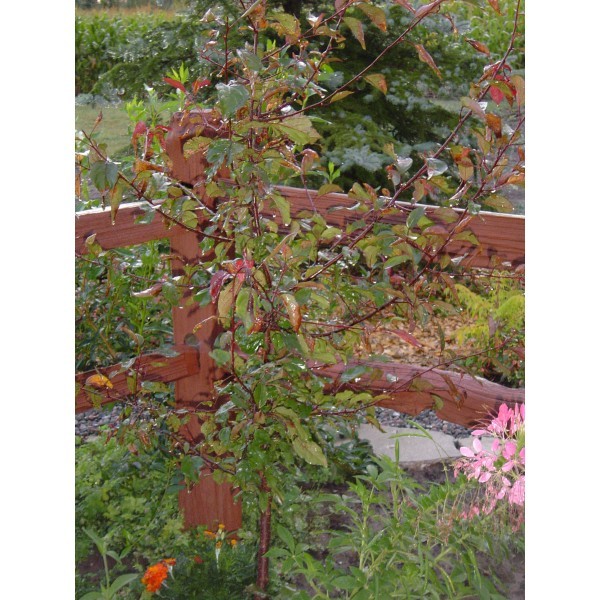
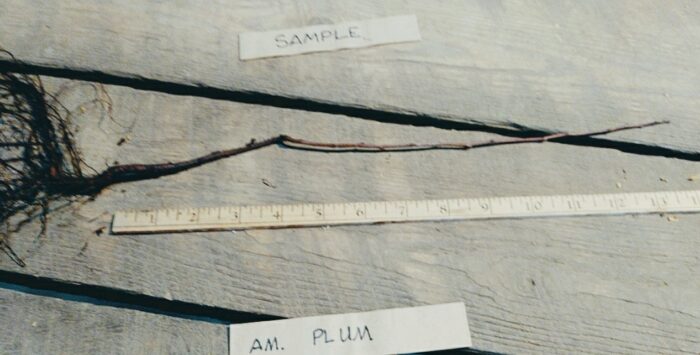
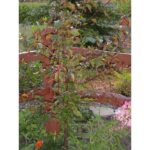

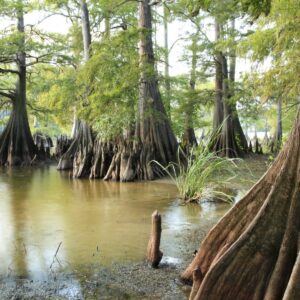
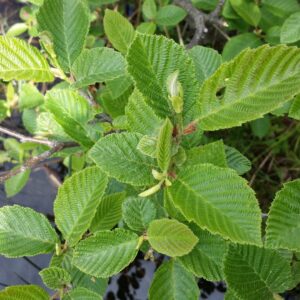
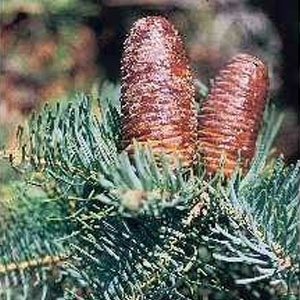
sclevelandm –
Beautiful, native species are hard to find for those of us who want to garden for wildlife; this tree is healthy, happy and leafing out in my yard now.
David –
Shipped on time, arrived on time and healthy. Very secure packaging, but best of all – the plants look great. I had a difficult time finding a decent place to buy this gorgeous native plant, and Cold Stream came through for me. Very excited to watch these grow.